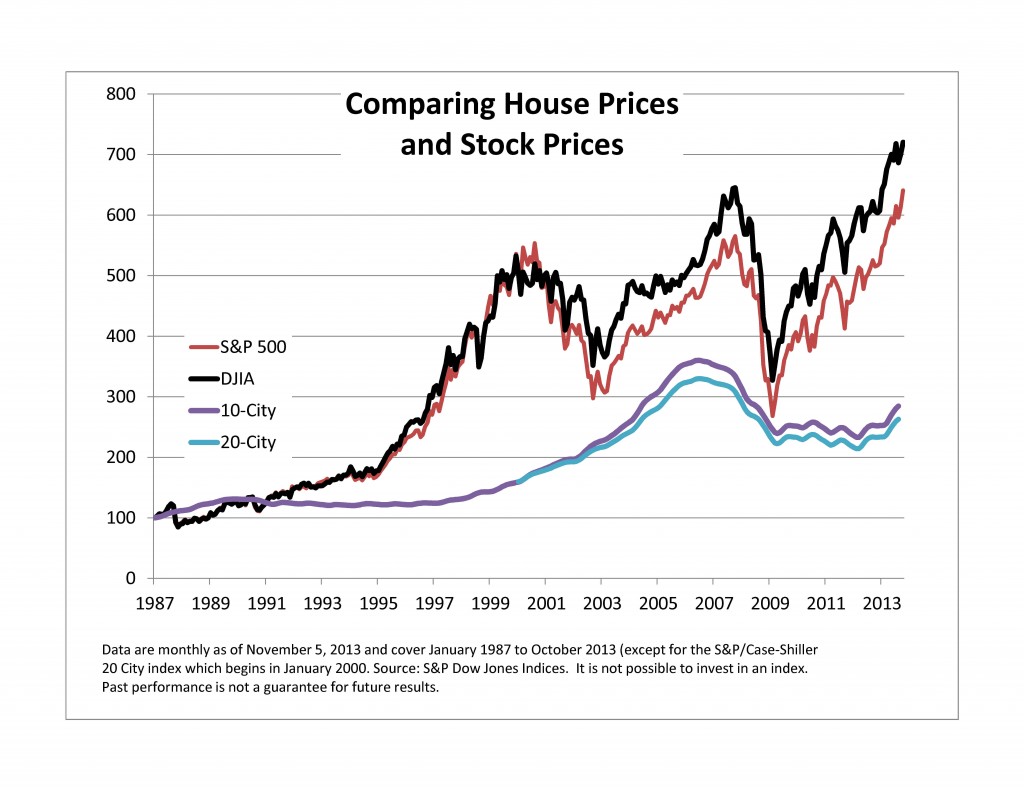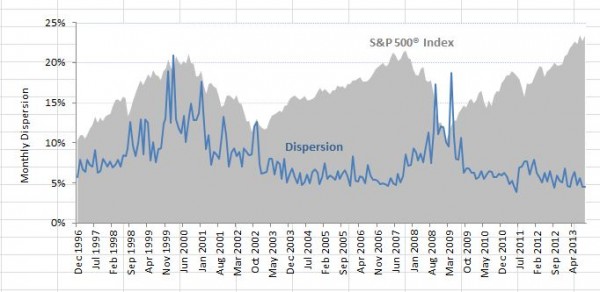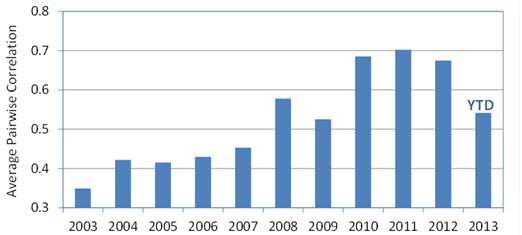Traditional Core/Satellite investment strategies typically combine a diversified asset allocation framework with a smaller alpha-seeking segment of the portfolio. With an increased emphasis being placed by many investment advisors on so-called “tactical” managers, as well as other “alpha-generating” trades, it’s not surprising, though somewhat disappointing, that simple beta often gets ignored. In a year when the S&P 500 gains over 25%, the S&P 400 nearly 28% and the S&P 600 surges 33%, S&P’s SPIVA scorecard can be a useful reminder as to the perils of chasing expensive alpha with too much of a portfolio’s assets.
By maintaining a solid investment core of diversified low-cost index funds, investors can be more selective in terms of paying up for riskier alpha-oriented exposures without wholly sacrificing the market return. Besides the cost-effectiveness of index-based beta exposure, a core and satellite strategy can help investors avoid costly market-timing mistakes. Absent some change in investor condition, core holdings remain fully invested throughout market triumph and market turmoil. On the other hand, tactical or alpha-oriented trades may be implemented or unwound as circumstances dictate. The buy-and-hold element of the core strategy reduces the probability of getting whipsawed during periods of rising volatility when investor sentiment tends to dominate rational thought.
Consistent alpha is very hard to come by, can be quite expensive and often requires investors to take on exposures at exactly the time their brains are telling them to get out of the market. Frequently, alpha trades demand investors remain steadfast through periods of high uncertainty or extreme market volatility in order to realize outperformance versus the broader market. Unlike the beta trade, however, investors should feel free to convert the alpha to cash when the underlying investment thesis changes or the client’s risk tolerance becomes maxed-out.
The main driver of portfolio return in Core / Satellite investment strategies tends to be the beta allocation. It’s also typically the cheapest when index-based ETF’s or mutual funds are employed. Academic studies and other market data continually point out the high cost and inconsistency of returns over time from alpha-oriented tactical strategies. Used correctly, and this typically involves a high degree of due diligence, the satellite trades can either reduce volatility or enhance portfolio return. If the core is misaligned, however, it may all be for naught.
To hear more on this topic, register for the upcoming S&P Dow Jones Indices webinar on Thursday November 14th.
S&P Dow Jones Indices is an independent third party provider of investable indices. We do not sponsor, endorse, sell or promote any investment fund or other vehicle that is offered by third parties. The views and opinions of any third party contributor are his/her own and may not necessarily represent the views or opinions of S&P Dow Jones Indices or any of its affiliates.
















































